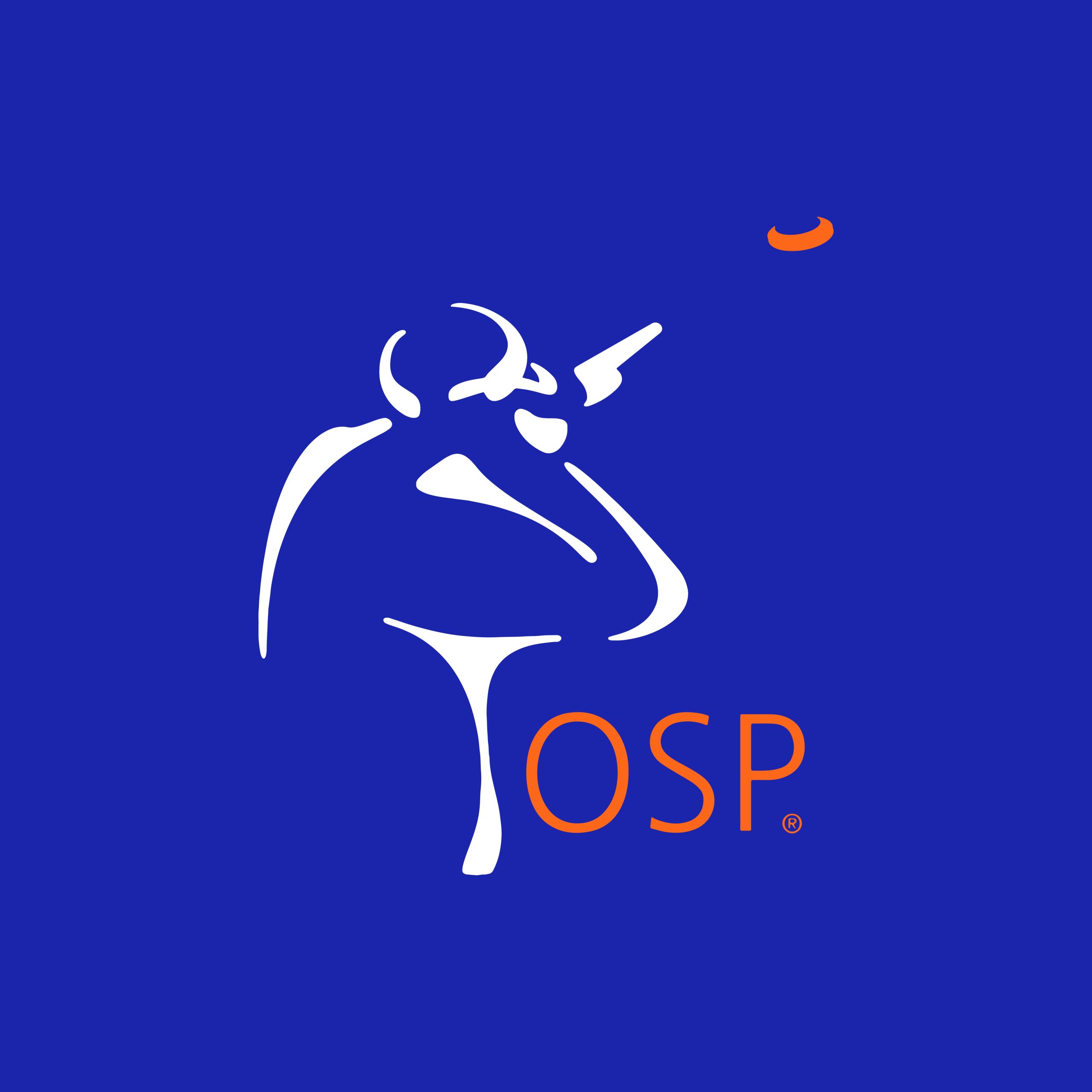Don’t Confuse Your Subconscious!
Emotional post-shot routines define success as making us happy. Non-emotional reactions to success confuse the subconscious. It is not sure whether it should continue breaking the target or not because its job is to make us happy.
The greater amount of emotional happiness in our post-shot routines, the clearer the pathway to happiness, and the more the subconscious understands what we’re asking it to do. But we’ve got to reward it by being happy.
It’s important to include exactly what mechanics of the shot make you the happiest, such as seeing the line, seeing it come, stabilizing the picture, and control of the target. No stress. It’s so simple. Crisp breakpoints.
Saying to it, “Come on over here. I’ve got something for you.”
Being able to visualize exactly what the shot will look like. I’m not talking about the lead, but about the target coming to you. Is it going to be a big looper where you’re going to be out there in front and just let it come to you? Is it going to be a driving fast ball where you’ve got to let it merge to you and you stabilize the picture?
Exactly what the shot will look like according to the technique you are using makes the emotional part of the post-shot routine more effective. Being able to visualize exactly what the shot will look like according to the techniques you’re using makes the emotional part of the post-shot routine more effective.
“I nailed them that time. That line was so straight. It’s so big and fat when it’s coming to me. Man, when it’s stable, it just hammers them. Whew, man, when it comes it slows down and gives me so much time and control.”
Being early keeps the game so simple and slow.
The better the visualization in the pre-shot routine, the easier the emotional reaction to the success, which, in turn, imprints more quickly and deeply in the post-shot routine. The post-shot routine is the imprinting routine. It’s the part where you say “Good dog, have a biscuit.” It’s the part where you pat your subconscious on the back for doing such a great job.
The post-shot routine is where happiness should occur to give the subconscious a clear picture of exactly what it is that makes you happy. Be careful how you use emotion after a shot. Either learn from it and correct it, love it, or forget it; but when it’s good, be happy.
The clearer and the more consistent your emotional reactions are to what occurs after each pair, the better your subconscious will get the picture of what exactly you’re asking it to do.
This game is riddled with people who go to the tournaments and hope to shoot a good score. They are never in the present; therefore, they are continually disappointed, and their subconscious is so confused because it continues to get mixed signals at best.
Be clear with your goals. Stick to them. It’s a big deal when you’re able to look at your tournament score as a test and to be able to stick with that goal regardless of how you shoot.
And when it’s over, when someone asks you how you shot, you should be able to look the person in the eye and say, “You know, based on what my goals were today, I did the best I could.” If you can’t do that and be happy with it, you’re going to confuse your subconscious. Be clear with your goals and your emotions when you’re shooting, and invest in the correct reactions in your post-shot routines.
This is an excerpt from the May 2012 Coaching Hour podcast. You can listen to it and read a written transcript, along with more than 20 years of archived episodes with your Knowledge Vault membership.




